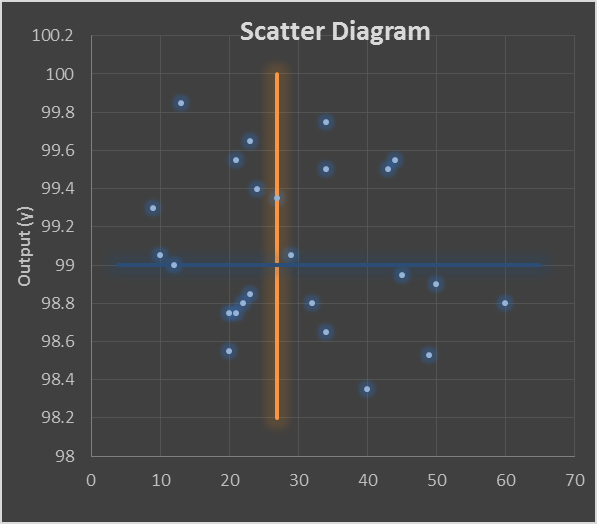6 Sigma and DMAIC – The Analyze Phase – the analysis approach you pursue really relates to the problem you are trying to solve and data types available, from my experience its more operational performance issues and causes for rejects etc that i get involved with, others may target variation with lots of sample data to analyze, whatever your motivation to use DMAIC the process remains the same just the tools used at each phase may change, Lets retouch on DMAIC before exploring the Analyze phase in detail.
Define (D)
- Identify customers and their priorities.
- Identify a project suitable for Six Sigma efforts based on business objectives as well as customer needs and feedback.
- Identify CTQs (critical-to-quality characteristics) that the customer considers to have the most impact on quality.
Measure (M)
- Determine how to measure the process and how is it performing.
- Identify the key internal processes that influence CTQs and measure the defects currently generated relative to those processes.
Analyze (A)
- Determine the most likely causes of defects.
- Understand why defects are generated by identifying the key variables that are most likely to create process variation.
Improve (I)
- Identify means to remove the causes of the defects.
- Confirm the key variables and quantify their effects on the CTQs.
- Identify the maximum acceptable ranges of the key variables and a system for measuring deviations of the variables.
- Modify the process to stay within the acceptable range.
Control (C)
- Determine how to maintain the improvements.
- Put tools in place to ensure that the key variables remain within the maximum acceptable ranges under the modified process.

6 Sigma and DMAIC – The Analyze Phase – scatter diagram
The Analyze Phase
In the Analyze phase you interpret data to establish a cause and affect, you should have a significant amount of data accumulated from the previous phases.
You need to develop the knowledge that will help your team use its time in the Improve phase most effectively and develop process changes that address the underlying cause of the project problem. The aim in this phase is to explore the relationships or interactions between the input and output variables.
Analyze Phase Tools
Analysis tools are often used on historical data. While historical data can be problematic, you can still use it to find clues to help you determine potential causes of problems. There are many powerful tools that you can use to collect high quality information.
These analysis tools include:
- Casual analysis tools
- Scatter plots
- ANOVA
- Regression analysis
- Time analysis
- Design of Experiments (DoE)
- Cause and effect
When you reviewing the link between your data and the causes, ask questions such as:
- What cause is your team going to target in the improvement phase?
- Why did you focus on this cause?
- What other potential causes did your team investigate?
- What data do you have that targets the cause of your project problem?
- What data indicates that addressing the identified cause will have the desired impact on the targeted improvement measure?
In our next article we will discuss the Improve phase of the DMAIC process
We really hope you have found this article of value and that it has inspired you to learn more about6 Sigma and DMAIC – The Analyze Phase just remember the hardest part of any journey is getting started but once begun you will learn it’s an enjoyable and rewarding experience that can improve your organization’s culture and performance in a very positive way.
“Operate at your optimum with Weigh Label”
